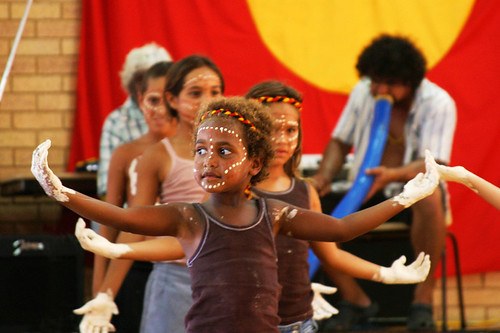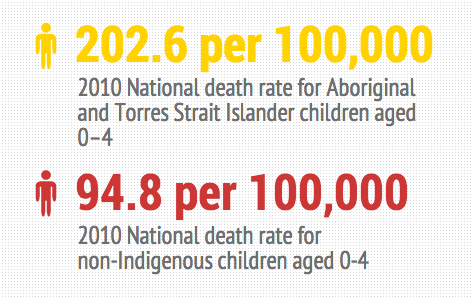 Source: Mark Roy/ Flickr
Source: Mark Roy/ Flickr
More than 140, 000 people participated in 950 events across Australia to raise awareness about Indigenous health last week.
Record Community Involvement
The seventh annual national Close the Gap day was the “biggest so far,” Oxfam’s Indigenous Policy Advisor, Andrew Meehan said.
“In terms of public awareness, this is a good indication that people are wanting the issue of Indigenous health to remain on the agenda,” he said.
Aboriginal and Torres Strait Islander citizens have a significantly shorter life expectancy than non-Indigenous Australians, in some cases living for 20 years less.
“Having community engagement is an absolutely massive part of it,” said Louise Berger, President of Oxfam RMIT, who held a Close the Gap afternoon tea.
“The broader community needs to know, these these are the issues. It is a big deal, and the more there’s a change in attitude, the more likely it is governments will respond accordingly.”
Government Support
Following Kevin Rudd’s national apology to Stolen Generations in 2008, governments in Australia signed the Indigenous Health Equality Statement of Intent.
All political parties in Australia have committed to closing the life expectancy gap within a generation, setting specific targets to reach by 2030.
Literacy, numeracy, high school completion, and employment are targeted as well as infant mortality and life expectancy rates.
“It’s about access to appropriate services,” Mr Meehan said, “both having geographic access and having the right kinds of services available.”
Infant mortality rates in Indigenous communities have decreased since 2008, as well as rates of smoking and alcohol abuse.
 Click through for more data
Click through for more data
Further Commitment Needed
The next year will see the end of funding to the Indigenous Health National Plan of Action in June, and the completion of the National Aboriginal and Torres Strait Islander Health plan.
Lack of detail about future funding means the goals and targets set to close the life expectancy gap are uncertain.
“We have the foundations in place and it is really important we continue building on that,” Mr Meehan said.
The recognition of Aboriginal and Torres Strait Islanders in the constitution has been recommended to the government by an expert panel.
“If we’re not recognising the first people of the country in the constitution,” Louise Berger said, “how legitimate is any other kind of gesture towards reconciliation?”
Constitutional recognition is on the official platform for Close the Gap, but Andrew Meehan believes it “is symbolic, but also has practical impact.”
“It is critical the government continues working in partnership with Indigenous communities, so that people whose lives are affected actually get a say,” he said.
“A big focus is on support from the states and territories. This isn’t just a Federal issue, and we need support from all levels of government.
“This is a generational campaign.”
Do you think governments need to be doing more to close the life expectancy gap? Do you think reconciliation receives enough attention? Drop the City Journal a comment in the space below.







